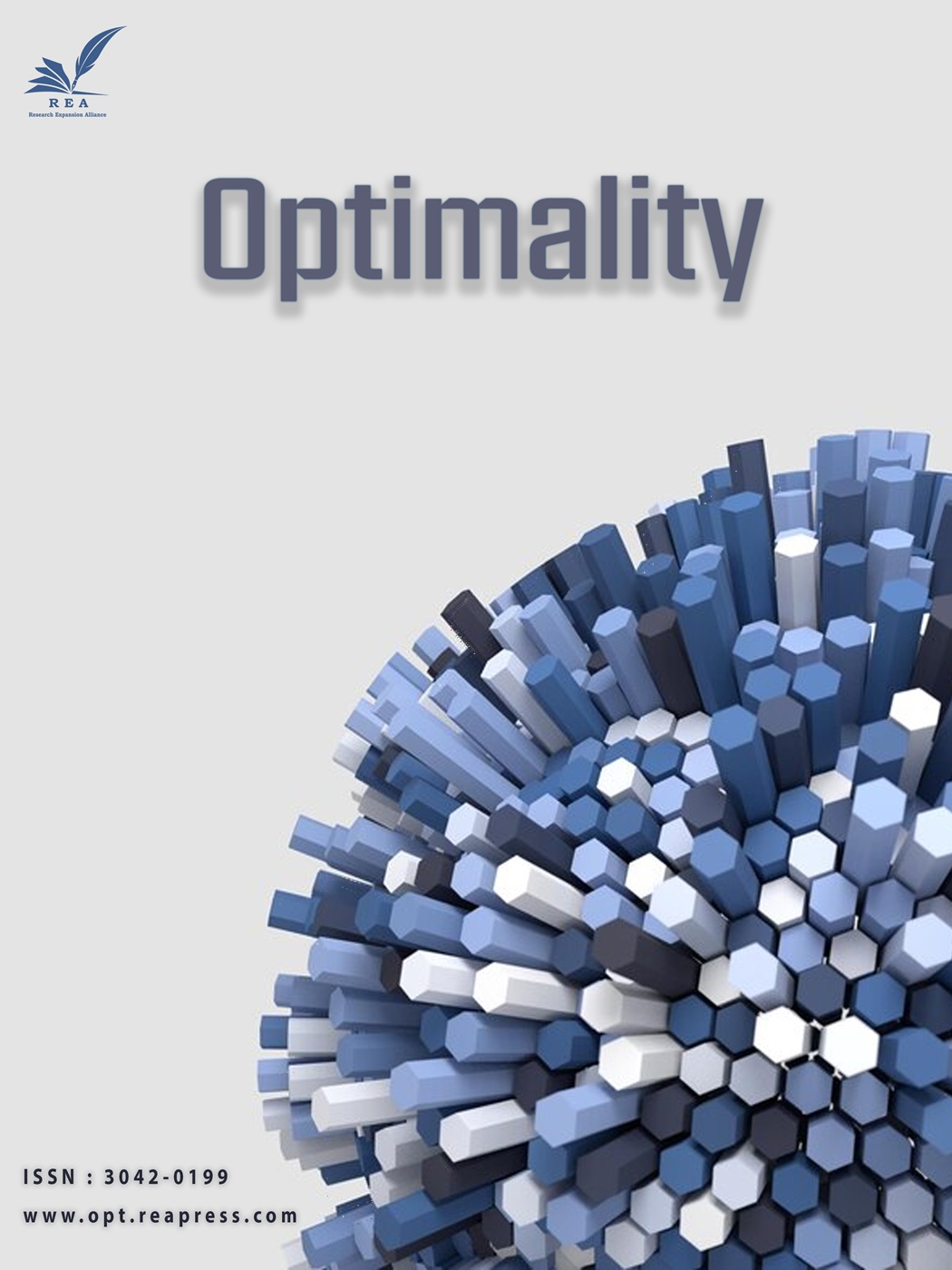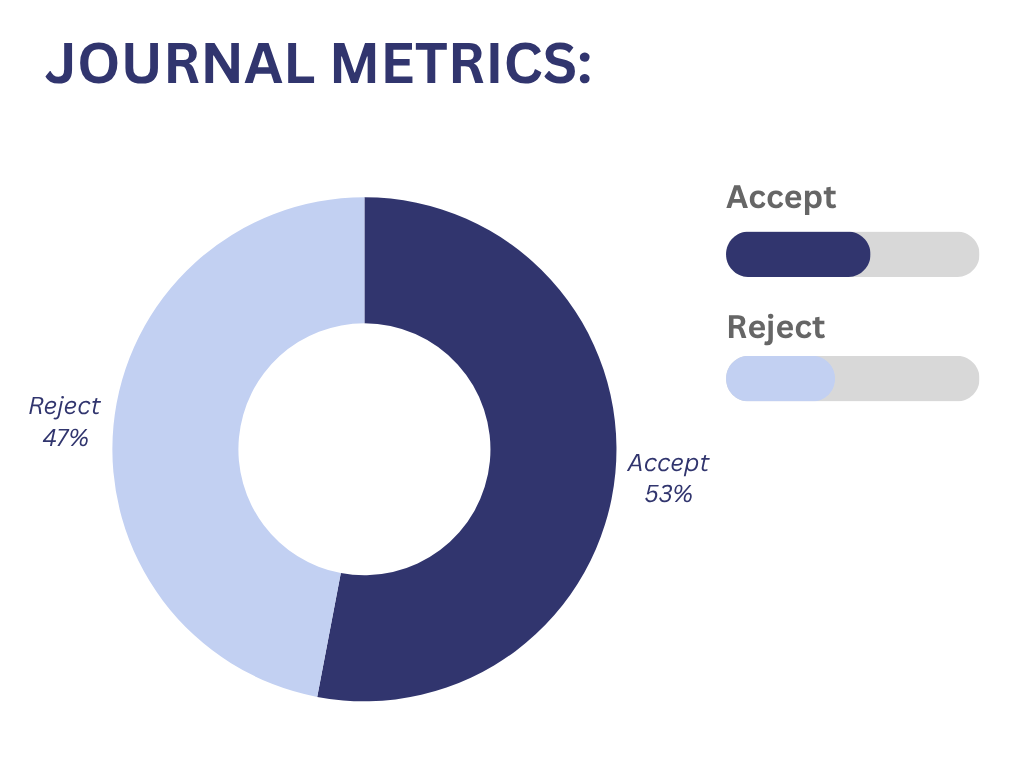Smart Urban Water Management: Integrating AI and IoT for Optimization and Waste Reduction
Abstract
The management of water resources is becoming more intricate as urban areas grow and the demand for water increases. This study examines how the combination of Artificial Intelligence (AI) and Internet of Things (IoT) technologies can deliver innovative solutions for smart city water management. IoT devices facilitate the real-time monitoring of water systems, whereas AI aids in analyzing extensive data for tasks such as predictive maintenance, leak detection, and demand forecasting. By enhancing water distribution efficiency and reducing waste, AI and IoT present groundbreaking opportunities in urban water resource management. The study outlines the technical frameworks, primary applications, challenges, and future prospects of AI and IoT within this domain.
Keywords:
AI, IoT, Smart cities, Water resource management, Predictive analytics, Real-time monitoring, Urban infrastructureReferences
- [1] Pradeep, K., & Jacob, T. P. (2016). Comparative analysis of scheduling and load balancing algorithms in cloud environment. 2016 international conference on control, instrumentation, communication and computational technologies (ICCICCT) (pp. 526-531). IEEE. https://doi.org/10.1109/ICCICCT.2016.7988007
- [2] Aslam, S., & Shah, M. A. (2015). Load balancing algorithms in cloud computing: a survey of modern techniques. 2015 national software engineering conference (NSEC) (pp. 30-35). IEEE. https://doi.org/10.1109/NSEC.2015.7396341
- [3] Alkhatib, A. A., Alsabbagh, A., Maraqa, R., & Alzubi, S. (2021). Load balancing techniques in cloud computing: Extensive review. Advances in science, technology and engineering systems journal, 6(2), 860-870. https://www.researchgate.net
- [4] Mohapatra, H., & Rath, A. K. (2019). Detection and avoidance of water loss through municipality taps in India by using smart taps and ICT. IET wireless sensor systems, 9(6), 447–457. https://doi.org/10.1049/iet-wss.2019.0081
- [5] Sun, A. Y., & Scanlon, B. R. (2019). How can Big Data and machine learning benefit environment and water management: a survey of methods, applications, and future directions. Environmental research letters, 14(7), 73001. https://doi.org/10.1088/1748-9326/ab1b7d
- [6] Gadde, H. (2021). AI-driven predictive maintenance in relational database systems. International journal of machine learning research in cybersecurity and artificial intelligence, 12(1), 386–409. https://www.academia.edu/download/119017293/386_409_ijmlrcai_2021.pdf
- [7] Chang, H., Praskievicz, S., & Parandvash, H. (2014). Sensitivity of urban water consumption to weather and climate variability at multiple temporal scales: The case of Portland, Oregon. International journal of geospatial and environmental research, 1(1), 7. https://dc.uwm.edu/ijger/vol1/iss1/7/
- [8] Mohapatra, H., & Rath, A. K. (2021). An IoT based efficient multi-objective real-time smart parking system. International journal of sensor networks, 37(4), 219–232. https://doi.org/10.1504/IJSNET.2021.119483
- [9] Joshi, D., Gholami, H., Mohapatra, H., Ali, A., Streimikiene, D., Satpathy, S. K., & Yadav, A. (2022). The application of stochastic mine production scheduling in the presence of geological uncertainty. Sustainability, 14(16), 9819. https://doi.org/10.3390/su14169819
- [10] Wolniak, R., & Stecuła, K. (2024). Artificial Intelligence in Smart Cities—Applications, Barriers, and Future Directions: A Review. Smart cities, 7(3), 1346–1389. https://doi.org/10.3390/smartcities7030057
- [11] Munier, F., Xiong, Z., Shreevastav, R., Jiang, X., Lyazidi, Y., Shrestha, D., … others. (2024). Positioning of RedCap devices in 5G networks. IEEE communications magazine, 62(8), 110–116. https://doi.org/10.1109/MCOM.001.2300802



